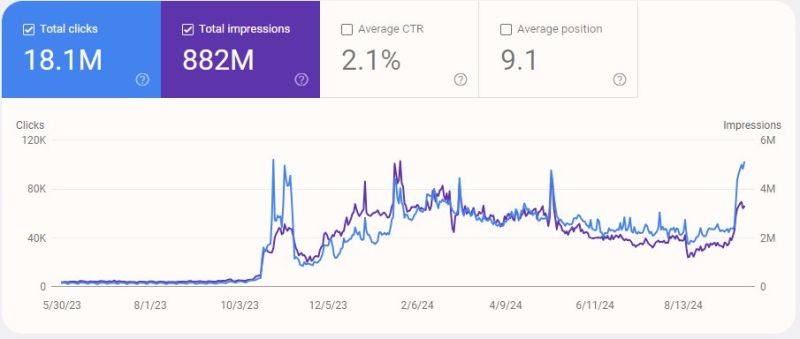How to Outrank Your Competitors by Borrowing Their SEO Keywords
A step-by-step guide to competitor keyword analysis, content strategy, and proven tactics to win search rankings.
How to "Borrow" Your Competitor’s SEO Keywords (Smartly and Effectively)
Over the past few months, I’ve been dissecting the SEO strategies of top-ranking competitors. In the process, I discovered 237 highly valuable keywords that they were dominating.
Here’s the exact framework I used—and how you can apply it to your own SEO strategy.
Phase I: Research and Analysis
🔍 Step 1. Identify the Right Competitors
-
Search for your target keyword as if you were a customer.
-
Note the top 3–5 websites that consistently appear in the top results.
-
Ignore giants like Amazon, Wikipedia, or LinkedIn—they operate on another level. Focus on your direct competitors.
📈 Step 2. Analyze Competitor Keywords
-
Use free tools like Ahrefs Free Backlink Checker.
-
Discover the keywords that are driving their traffic (especially ones you’re not ranking for).
-
Identify gaps in their content.
-
Study how they interlink their articles (internal linking structure).
🎯 Step 3. Conduct a Keyword Gap Analysis
-
Compare your keyword list against your competitors’.
-
Prioritize keywords they rank for but you don’t.
-
Choose those with high search volume but moderate difficulty.
-
Pay close attention to keywords where they rank between positions 4–10—these are the easiest wins.
Phase II: The “Outranking” Strategy
📝 Step 4. Create Higher-Value Content
-
Study their top-ranking articles: word count, depth, format.
-
Find weaknesses: lack of detail, poor visuals, missing FAQs.
-
Write content that is longer, deeper, and more comprehensive (sometimes one strong article can cover 3–4 of their posts).
-
Add unique value they can’t replicate (case studies, free tools, infographics, or practical examples).
🔗 Step 5. Publish and Track Performance
-
Add competitor keywords into your content calendar.
-
Create topic clusters (multiple interlinked articles covering the subject in depth).
-
Interlink strategically to strengthen topical authority.
-
Monitor rankings daily or weekly to track your progress.
A Real Case Study
One of my clients operates in the CV/Resume niche.
-
A competitor was ranking #2 for “resume templates” (over 350,000 monthly searches).
-
Their article: ~1,200 words, limited examples, no FAQ section.
Our strategy:
-
Wrote a 2,700-word guide covering everything in detail.
-
Added 16+ ready-to-use resume templates (far more than the competitor).
-
Included copy-paste CV examples (huge UX advantage).
-
Optimized site speed for better performance.
The result:
We outranked them within 4 months, and now hold the #2 spot.
Essential Tools for Competitor Keyword Research
🆆 Free Tools (accessible to everyone)
-
Google Search Console → Discover hidden opportunities from your existing site.
-
Ahrefs Free Tools, SEMrush Free Account → High-level competitor insights.
-
Screaming Frog → Analyze site structure (free up to 500 URLs).
-
Google Search → Manual competitor searches.
💰 Paid Tools (for professionals)
-
Ahrefs → The most comprehensive option for SEO analysis.
-
SEMrush → Excellent for both SEO and PPC campaigns.
-
SpyFu → Useful for historical keyword data.
-
Moz → Solid for keyword difficulty and SERP analysis.
Key Takeaways
✅ Analyze what’s already public—if competitors publish it, you can study it.
✅ Create better, more valuable content.
✅ Add your unique insights and solutions.
❌ Don’t copy-paste competitor content.
❌ Avoid black-hat tactics.
Final Thoughts
The goal isn’t to copy your competitors. The goal is to recognize that they’ve already validated which keywords are worth targeting—and then create content so much better that you become the top result.

👉 What tools do you use to analyze competitor keywords? Share your thoughts in the comments!
